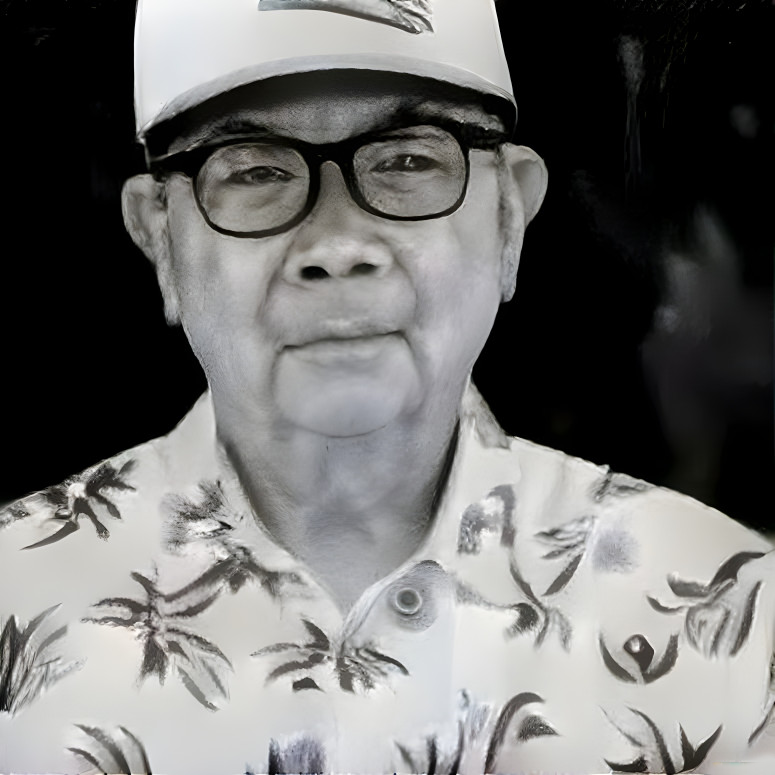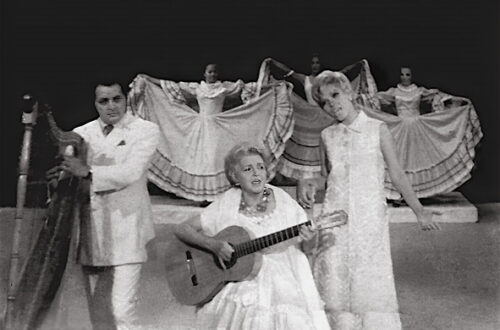
The Echoes of Ho’oponopono: Debunking Myths and Celebrating the Legacy of Dr. Hew Len and Morrnah Simeona
The journey into the heart of Ho’oponopono — an ancient Hawaiian practice of reconciliation and forgiveness — unfolds like an intricately woven tapestry of tales and teachings, particularly involving two key figures, Morrnah Nalamaku Simeona and Dr. Ihaleakala Hew Len. The interplay of their narratives, often shrouded in controversy and misinterpretation, deepens the mystery and allure of this spiritual practice.
A topic of great debate revolves around Dr. Len’s purported healing of an entire ward of criminally insane patients, a feat achieved, it’s said, through his distilled four-phrased Ho’oponopono mantra. Contrary opinions abound, with detractors dismissing the occurrence as a fiction, while supporters like social workers Omaka-O-Kala Hamaguchi and Emory Lance Olivera affirm the transformation they witnessed in the ward, attributing it to Dr. Len’s practice of self-identity Ho’oponopono.
Now, amidst these divergent perspectives, one might wonder — was it the twelve-step Ho’oponopono process taught by Morrnah or Dr. Len’s concise mantra that steered these profound changes? This question, given the passing of both Dr. Len and Morrnah, remains shrouded in speculation. However, what we can confidently discern is the transformative power imbued in the essence of Ho’oponopono, be it through its traditional twelve-step practice or Dr. Len’s simplified mantra.
Language barriers and cultural differences often hinder our understanding of these spiritual nuances. In Hawaiian, for instance, there’s no exact translation for ‘sorry’; the emphasis is on forgiveness. This cultural context is crucial when we consider Dr. Len’s English-speaking audience, who might interpret seeking forgiveness without an apology as impolite.
Over time, both Dr. Len and Morrnah moved towards a more abbreviated form of Ho’oponopono. Morrnah’s version, although longer than Dr. Len’s mantra, was significantly streamlined compared to the full twelve-step ceremony. It revolved around seeking forgiveness for any offense caused to any person or entity, and releasing negative energies — a notion that resonates with a broader shamanic philosophy wherein the healer ingests the medicine for the patient’s recovery.
Morrnah’s contribution to Ho’oponopono’s journey wasn’t so much inventing the idea of internal cleansing of karmic data but opening up the secrets of Hawaiian shamanism to non-native Hawaiians. Thus, the beauty of Ho’oponopono lies not just in its simplicity or complexity but in its adaptability and the underlying principle of love, forgiveness, and self-responsibility.
Understanding Ho’oponopono in its full spectrum goes beyond the four phrases or the twelve steps; it involves embracing its inherent spirit and potential for transformation. While the debate on the exact methods used by Dr. Len and Morrnah might remain unresolved, the powerful impact of their teachings and Ho’oponopono itself is unquestionable. Hence, the controversy surrounding the ward’s healing may be considered irrelevant in light of the widespread healing and peace Ho’oponopono has fostered globally.
To truly grasp Ho’oponopono, we should delve into its essence beyond the confines of any specific mantra or method. The collective resources available online, including free courses and books, serve as an excellent starting point for this exploration. And while Ho’oponopono might be more intricate than most interpretations suggest, its true beauty resides in its simplicity: the power to heal and transform lives by cleansing our inner selves and embracing responsibility, forgiveness, and love.


You May Also Like
Divinity, Ho’oponopono, And The Law Of Attraction.

The Fifth Phrase of Ho’oponopono
